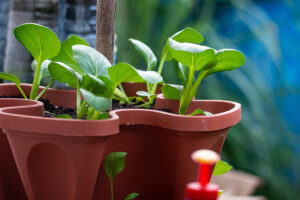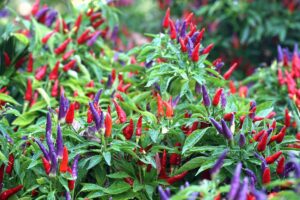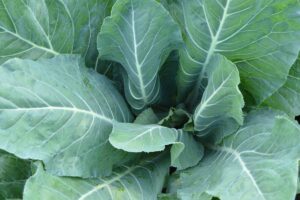Are you frustrated with trying to figure out why your lettuce seedlings are dying?
It’s so aggravating! They looked perfectly fine yesterday, but today, they’re falling over on stems that can barely support them.
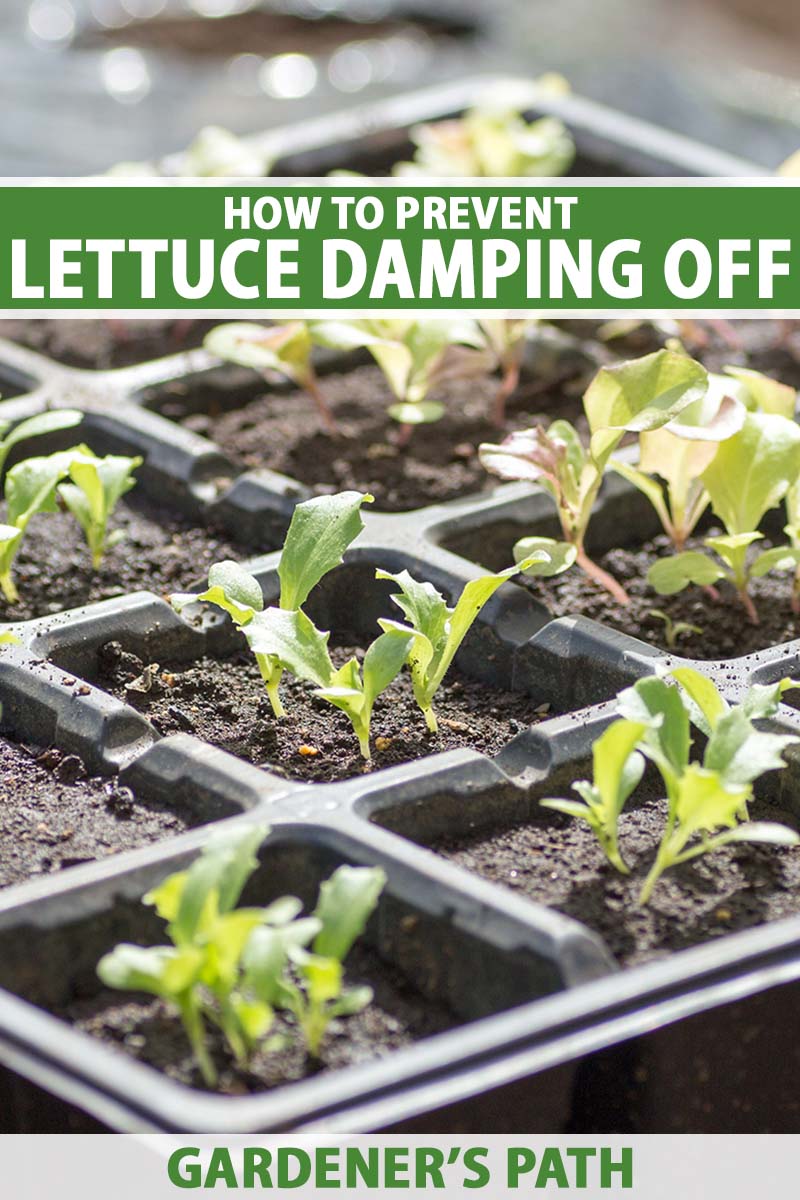
We link to vendors to help you find relevant products. If you buy from one of our links, we may earn a commission.
You’ve provided plenty of sunlight and water, it’s not too warm or too cold, and there’s no clear evidence of disease – although, you might be seeing some gnats buzzing about above them…
So, what’s the deal? Well, chances are those mushy, weak stems and the presence of gnats are both pointing to one problem – damping off.
The bad news – this crop is probably done for. But the good news is that there’s a way to prevent damping off from killing your seedlings again in the future.
Once you know how to identify and manage it, you can start again.
Here’s what you’ll find up ahead:
What You’ll Learn
What Is Damping Off?
In short, it’s a total bummer.
Damping off may be caused by several different types of pathogens in the soil. The most common of these are Fusarium and Rhizoctonia fungi, and Pythium oomycetes (which were once classified as fungi as well).
When pathogens such as these attack plant tissues, they typically do so at the stem and root level, often plaguing seedlings. They may strike before the sprouts have a chance to emerge.

In most cases, the pathogens work very quickly to break down material, which is why things may look fine one day but the seedlings are found to be dead or flopped over onto the soil the next.
Unfortunately, a huge array of plant species can be affected by damping off, including all of the most common garden vegetables.
Lettuce just happens to be easy prey since its sprouts are tender and rather weak.
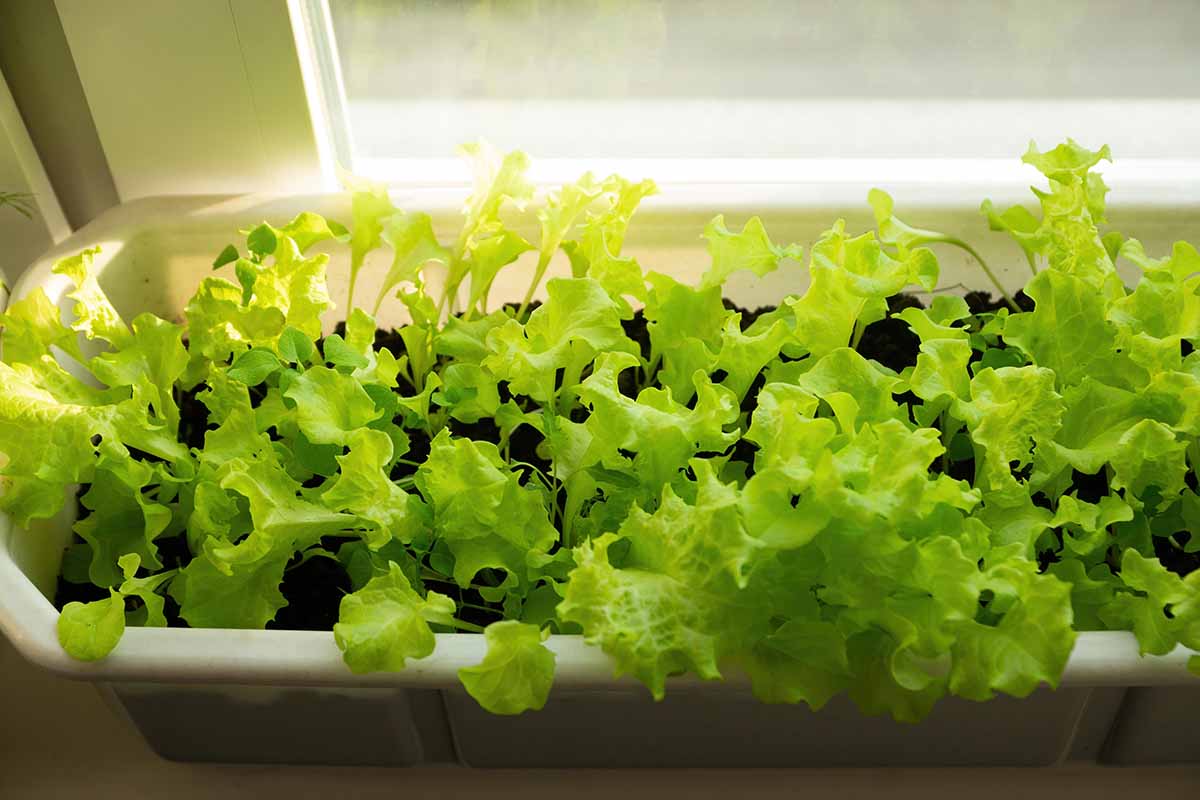
Fungi are known to thrive in damp environments, and the inside of a container or seed flat is a perfect environment for their rampant development, especially if it’s just a little too moist or if the seeds have been sown close together, with poor air circulation.
Sometimes, spores may already be present in the soil that comes from the nursery or garden center, or from the outdoors.
This is very common, and I’ll give you some tips up ahead for dealing with it. Garden implements and potting vessels are another common carrier.
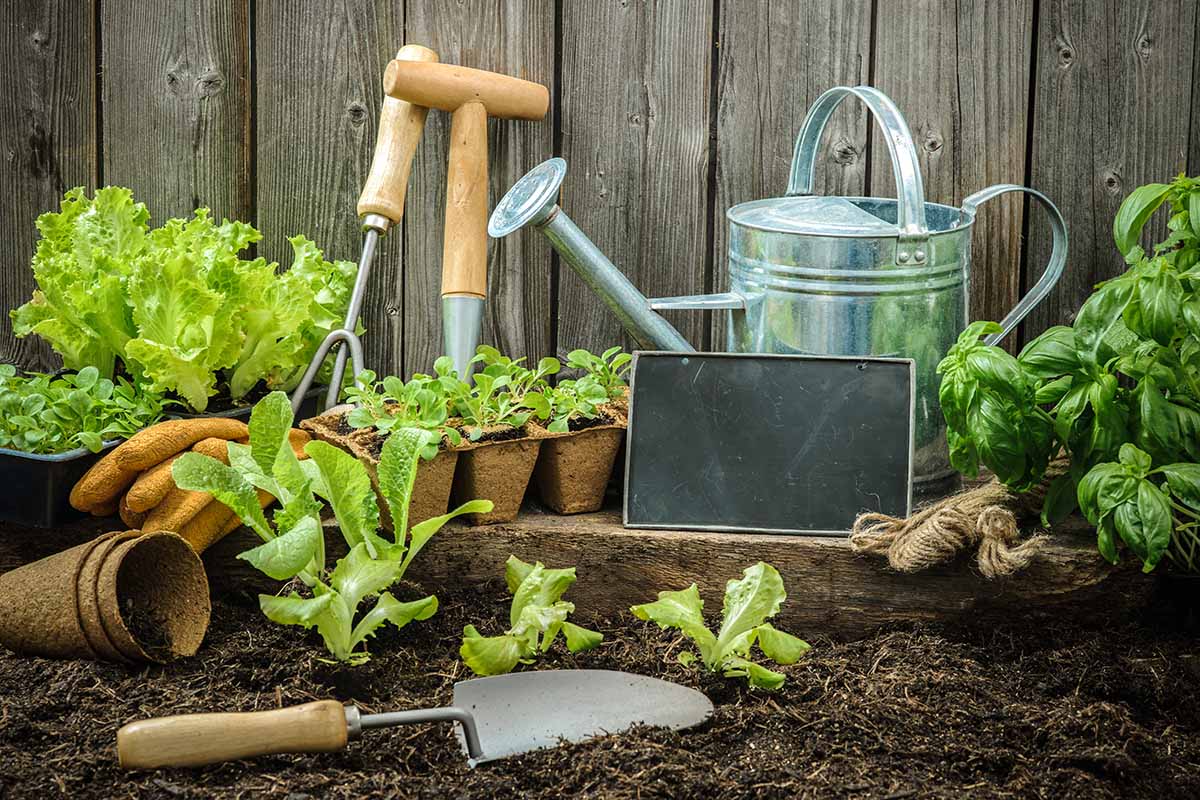
Dim light, cool soil temperatures, and overuse of fertilizer can also provide favorable conditions for damping off.
Let’s take a quick look at how this disease affects lettuce so it will be easy to identify.
How Does Damping Off Affect Lettuce?
Fungal infections like damping off are destructive below the soil surface before we see signs of damage above ground.
Fungus gnats, which deposit eggs in the soil, typically appear before the damage becomes visible.

Larvae that hatch remain in the soil as they devour not only the pathogens responsible for the disease, but plants’ roots as well – if they remain.
Damping off destroys the root system of the lettuce seedling, leaving it with very weak roots, or often, no roots at all.
You may be able to easily pull an entire affected plant from the soil and see that the roots have rotted away.
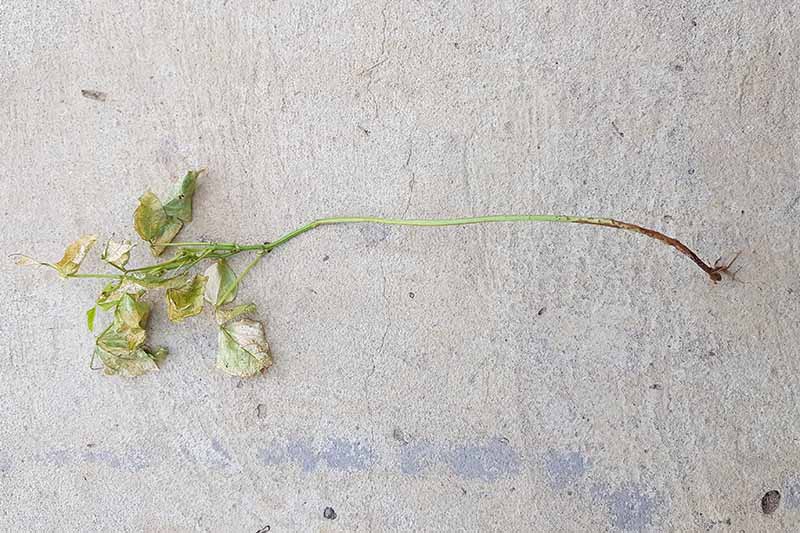
After the roots have been attacked, the stem tends to become waterlogged and may turn brown near the soil surface.
As the seedling is further ravaged, the stem may give out entirely, folding in on itself or breaking off at the base, and this can happen practically overnight.
The first cotyledon leaves may begin to show discoloration. Brown, white, and gray tones are common as they die off without the water and nutrients they need, which would be supplied by the roots in healthy seedlings.
White, silky or fuzzy fungal growth may become noticeable near the base of the stem or on other parts of the plants as they topple over.
All of these various symptoms amount to disappointment, and once the disease takes hold, there’s no stopping it.
Remove and destroy any infected soil or plant material on sight.
It may hurt a bit to pull up plants that you’ve been nurturing, but it’s better to do it at first warning rather than lose the entire flat to damping off.
How can you prevent damping off from killing future seedlings? Read on to find out.
How to Deal with Damping Off
The best way to avoid having your crops destroyed by damping off is to take measures to prevent it from developing in the first place.
Fortunately there are steps you can take to effectively do just that.
Sanitizing
Killing the spores and pathogens before they have a chance to colonize is the best defense.
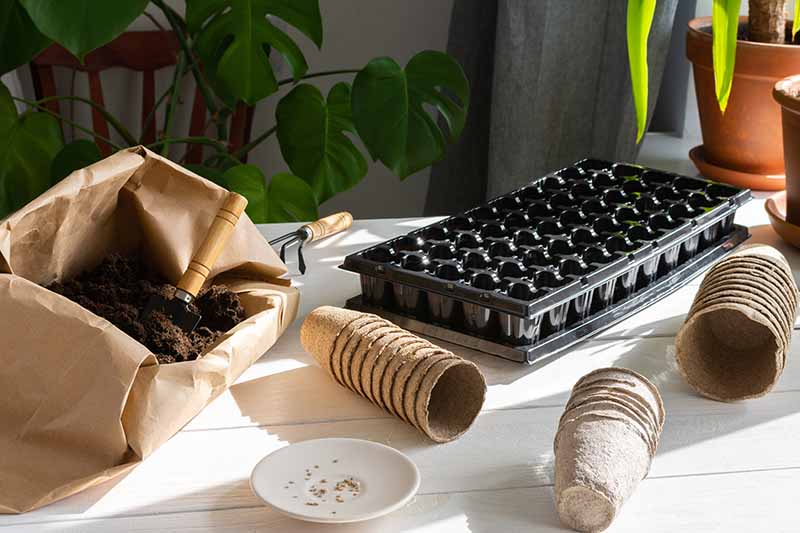
Sanitize potting soil in the oven before filling pots or flats.
Spread it out three to four inches deep in a baking pan and moisten lightly, cover it with aluminum foil, and heat it so that the soil maintains a temperature of 140 to 145°F for 30 minutes.
Use a thermometer to check the temperature of the soil.
Microwaving is effective, too, so you can also place the soil in a microwave-safe container with a cover and nuke it for about eight to 10 minutes on high power.
Be sure to let the soil cool thoroughly before using it for planting no matter which method you use.
Clean and sanitize your garden tools before use. Tools can carry fungal spores and other pathogens from place to place even if they seem clean.
Make sure potting vessels are cleaned and sterilized before the first use and before reuse. New containers are less likely to be carrying pathogens, but contamination is not impossible.
Scrub containers that have been used before with warm, soapy water.
Sanitize pots or seed-starting flats in a solution of one part bleach to nine parts hot water for 30 minutes. Rinse containers well prior to planting.
Environmental Management
Various preventive measures can come in handy to protect your lettuce crop.
Bottom water to avoid wetting the surface of the substrate. Don’t overwater and make sure excess moisture drains away. Wait until the surface feels dry to the touch before watering again.
For added protection, water with one part hydrogen peroxide (three percent) to nine parts water.
Hydrogen peroxide is revered among many gardeners as one of the best preventive measures for damping off, but be sure to dilute it prior to use to avoid burning plants.

A grow light can be added to shed more light on the soil. This can aid in drying out moisture more quickly, to limit fungal development.
Extra illumination that warms up the soil can also help with this, but note that most grow lights used today employ LED bulbs which do not heat up like other varieties used commonly in the past.
This grow light that’s available from Amazon has a base that can stand alone or be clipped to a tabletop and three gooseneck light heads that can be positioned as you’d like.

Another preventive option is to sprinkle ground cinnamon in a thin layer on the surface or mix it into the potting soil prior to planting.
Cinnamon comes from the bark of a tree that contains oils and compounds which are generally harmless to plants, but repellant or even deadly for certain types of insects and their larvae.
It’s also been found to prevent insects from depositing eggs, so fungus gnats have no reason to stick around.
Instead of using cinnamon, neem oil can also be sprayed on the soil. Just go easy around those tender sprouts.
Bonide Neem Oil in quart- and gallon-size bottles is available from Arbico Organics.
Avoid adding fertilizers to the potting soil or seed-starting mix until the seedlings have become established.
There’s no need to add nutrients until the true leaves have begun to grow in. Excess nutrients encourage the proliferation of fungi and other pathogens, and may harm delicate roots.
Dastardly Damping Off, Denied
Perhaps one of the reasons it’s so frustrating to lose lettuce to a disease like damping off is because it’s typically a pretty easy vegetable to grow.
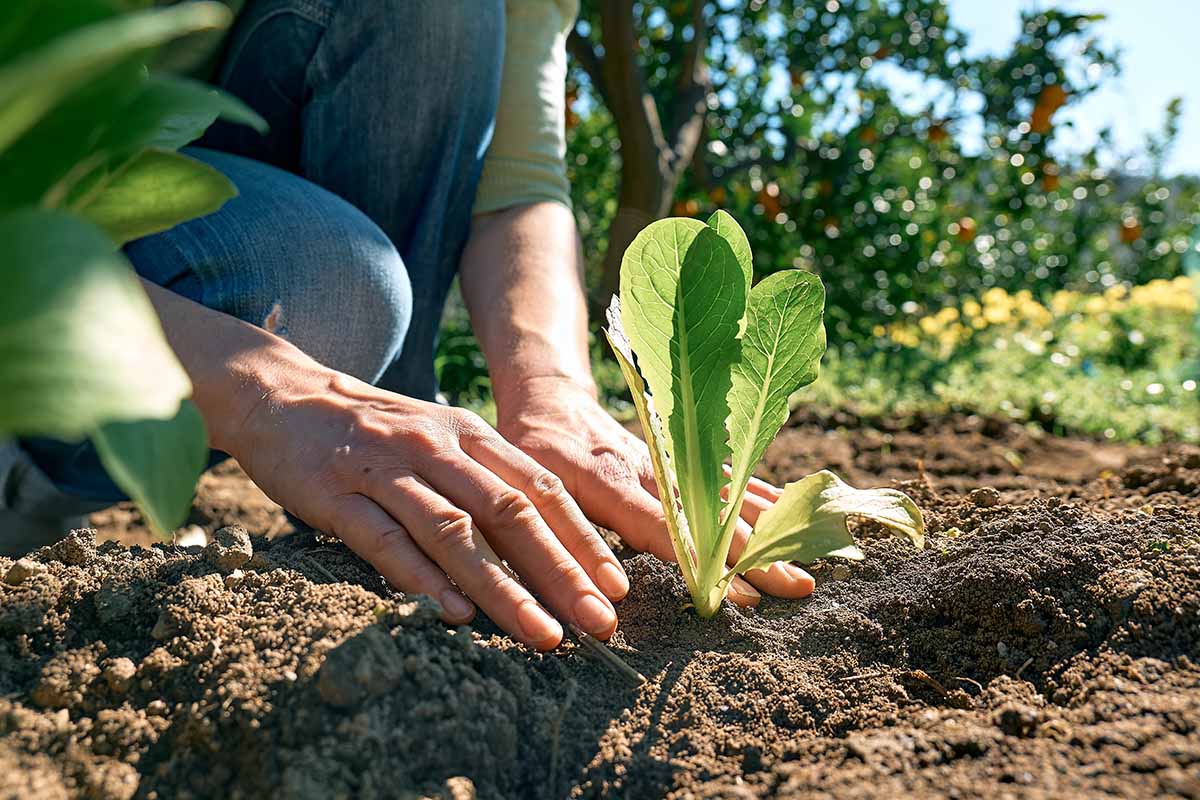
This disease often goes unnoticed until it’s too late, blindsiding gardeners who approach their starts and find them failing or dead.
But now, you’re well prepared to start that next tray of seeds without as much worry.
With these tips in mind, you can move forward with your next lettuce crop better informed, ready to spot signs of developing issues, and armed with tools to prevent problems before they start.
Let us know in the comments if you have any questions – we’ll do our best to help! We’d also like to hear about your experiences with damping off and how you combat it. I’m sure we have a few old pros among our followers.
Seeking even more information to grow your best crop of lettuce yet? Give these guides a read next:

